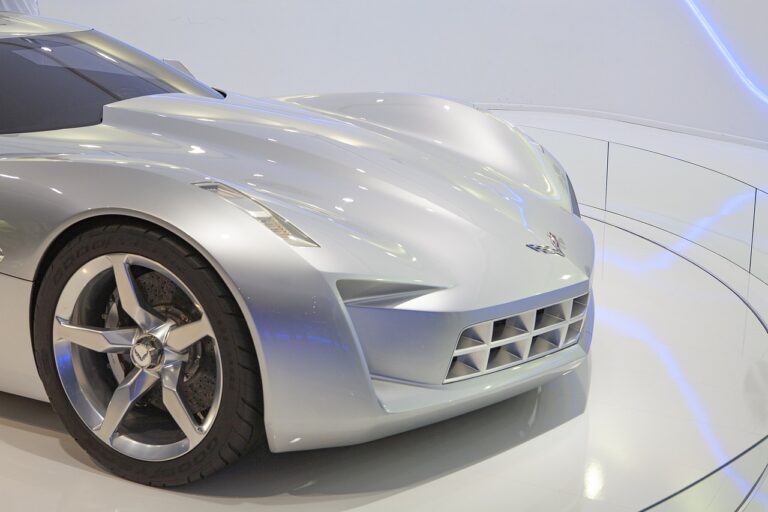No longer is electrification the only option for the future of driving. The focus is on automation. Yes, it looks like science fiction. But soon you will be a passenger in a self-driving car, also known as an autonomous vehicle, rather than the driver.
Imagine getting into your autonomous vehicle one morning and having it automatically take you to work. When it’s done dropping you off, it returns home so you don’t have to worry about finding and paying for parking.
You might also join a city’s rideshare network so that your car picks up passengers during the day. You can take a nap in the car on the way home from work and wake up feeling refreshed for family dinner. It will also pick you up from the office, perhaps after picking up your dry cleaning.
However, it is unclear how soon self-driving cars will become commonplace.
Table of Contents
Why self-driving cars may be safer
Renub Research, a market research and consultancy firm, predict that the market for autonomous vehicles in the United States would grow from 4 billion dollars in 2021 to 186 billion dollars in 2030. Autonomous vehicles are touted as safer transportation options in addition to their ease.
That is, if, as the National Highway Traffic Safety Administration estimates, human error contributes to as much as 94 percent of all vehicle accidents. Then perhaps it is prudent to rely more on technology to help keep us safe.
Accidents induced by conditions, such as drowsiness, drugs or drinking, speeding, distracted driving, reckless driving, or harmful human behaviors are eliminated in a driverless automobile. Protecting both the driver and passengers within.
Congestion could be reduced with the help of autonomous vehicles. This, since they will be able to share information and reroute around problems like traffic or road construction.
How self-driving cars should work?
Fischer, executive chief engineer of autonomous technology at General Motors (GM) said “We want to get rid of human driver error so that people have more time and space for what matters to them and better mobility for those who cannot drive now because of disability, age, and other issues.”
Thanks to cutting-edge onboard technologies like radar, lidar sonar, infrared sensors, GPS, and cameras, these vehicles can perceive their surroundings. And, navigate around obstacles. This, following traffic laws, and go to a predetermined destination.
Fischer claims that the company’s commercial, autonomous taxi service has already gone live in a large city. According to him the industry is only expected to expand in the coming years.
Fischer, when asked when we may see personal autonomous vehicles from GM, said “as soon as mid-decade.”
The barriers to fully self-driving cars
Kolodge, vice president of auto-benchmarking and mobility development at J.D said, “The barriers are multifarious. Sure, it’s technically difficult for the car to manage all situations, with a significant amount of trust for the system to match that type of performance.” For example, “there are certainly governmental difficulties, too, which vary from state to state, that makes it difficult,” Kolodge added.
“And many people are apprehensive about driverless vehicles. So, much of my effort is devoted to lowering the consumer acceptable hurdle.” According to Kolodge, consumers aren’t actively seeking out this type of innovation. To paraphrase, people need to get a great deal of evidence. Specifically, there are fears about a lack of control resulting in crashes and if the vehicles can be manipulated or sabotaged.
On the government regulatory and administrative difficulties, Nik Miles, a veteran automotive broadcaster proposes a prospective hindrance. Namely, income from irresponsible drivers.
Take into account, as Miles points out, that autonomous vehicles don’t breach the law, and that some U.S. communities rely on fines for traffic violations for nearly all of their revenue.
The price tag for fully autonomous vehicles could be a stumbling block. Other concerns include considerations of liability and insurance.
The reality of self-driving cars
Kristin Kolodge further stated that most major automakers already provide semi-autonomous hands-free technologies in their vehicles. “Think of it as an extra set of eyes that can help you control the vehicle in certain situations,” he said.
“It can do things like keep a safe distance from the car in front of you, like adaptive cruise control, and it can keep you in your lane and help you safely change lanes, too.” It is important for drivers to stay alert at all times, and “we cannot take the driver out of the equation right now,” says Kolodge.
However, it might arrive as early as next year. Self-driving cars are far from the “fifth level” or “totally autonomous” stage and are instead transitioning from the “Second level” to the “Third level” (also known as “conditional automation”).
In Level 3 autonomous vehicles, “you do not necessarily have to keep your eyes on the road.” So drivers in those states “may watch a video, or play Sudoku for example,“ according to Miles.
Self-driving cars can be a reality soon
Self-driving cars being a reality soon depends on how the manufacturer can give answers to the worries of people.
Also, looking at the barriers the manufacturers are going through as regards cost, insurance, and so on cannot really ascertain how soon we all will be able to enjoy the benefits of self-driving cars.
Read also: The 7 most technologically advanced countries in the world












